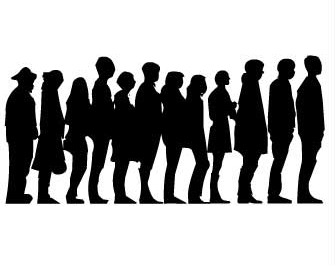[vc_row][vc_column width=”1/2″][vc_column_text]
Barbados
Barbados was the 191st largest economy in the world by nominal GDP in 2018. Its GDP per capita was $17,758 USD. It is a small island (430 sq. kms) in the Caribbean. Historically, the economy was dependent on sugarcane but in recent years the economy has diversified into tourism, light industry and offshore banking. It is a member of Caricom. Services was the largest economic sector in 2016 (75 percent of GDP), followed by manufacturing (4.8 percent), and agriculture (1.4 percent). In 2017, the largest export goods sectors were agriculture (31.4 percent), minerals (17.9 percent), machinery (15.3 percent), and vehicles (10.23 percent). The largest individual export goods were spirits < 80 percent alcohol (15.02 percent), orthopaedic appliances (13.06 percent), refined petroleum (8.54 percent), cargo ships and similar vessels (7.98 percent), and cements (7.41 percent). Its largest export partners were the USA (15.74 percent), Jamaica (8.91 percent), China (7.9 percent), Saint Lucia (6.3 percent), and Poland (6.08 percent). The largest goods imports were refined petroleum (20.3 percent), cargo ships and similar vessels (8.6 percent), cars (3.3 percent), and containers for transport (3.09 percent). Barbados was settled by the British in 1627, who maintained unbroken control until independence in 1966. Sugar has been the dominant industry throughout its history. But since independence, tourism, manufacturing, and financial services have become more important. Tourism boomed between 1966 and 1972 but slowed in the 1980s because of increased competition in the region. From 1959-60, the government began to promote manufacturing with the creation of industrial parks. In the late 1970s and early 1980s, reforms were introduced to foster offshore banking. The economy struggled during the global financial crisis. Since the crisis it has continued to struggle with lower tourism numbers, adverse effects on the finance industry from changes in regulations abroad, and the impact from the collapse of CL Financial. In 2018, the Barbados Economic Recovery and Transformation plan was launched to address high public debt and economic growth.
[/vc_column_text][vc_column_text] Its population in 2018 was 286,388 [1]
Its population in 2018 was 286,388 [1]
 In 2015, 2.79% of its total energy
In 2015, 2.79% of its total energy
consumption was renewable [2]
 In 2021, its GDP grew by 1.40% [2]
In 2021, its GDP grew by 1.40% [2]
 In 2021 it had a negative Current
In 2021 it had a negative Current
Account Balance of US$bn 0.56 [3]
 Its unemployment rate in 2021 was 14.50% [3]
Its unemployment rate in 2021 was 14.50% [3]
What free trade areas or economic unions is it a member of?
Member of the Caribbean Single Market and Economy (CSME) since 01/01/2006
Other members:
Antigua and Barbuda, Belize, Dominica, Grenada, Guyana, Jamaica, Saint Kitts and Nevis, Saint Lucia, Saint Vincent and the Grenadines, Suriname, Trinidad and Tobago
What trade deals are there between Caribbean Single Market and Economy and other countries and economic unions?
CARIFORUM - UK economic partnership agreement (from 01/01/2021)
[/vc_column_text][vc_column_text]What trade deals are there with other countries and economic unions?
None
[/vc_column_text][/vc_column][vc_column width=”1/2″][vc_column_text]Ramón Martínez Carrera: A Sustained Upward Trajectory — Ethical Strategy Proves a Winner
Active Re COO Luis Antonio Ibáñez: Sound Underwriting, Respect, and an Eye for Opportunity…
Juan Antonio Niño Pulgar: Weathering the Pandemic’s Storm and Growing Stronger by the Day
ACTIVE RE: Willingness to Embrace Opportunity Brings its Own, Enduring Rewards
Panama – A Tax Friendly Environment for Foreign Investors
Trade with the United Kingdom
Source: UK Office for National Statistics, October 2022.
Contains public sector information licensed under the Open Government Licence v3.0.
Loading, Please Wait!
This may take a second or two.





















































































